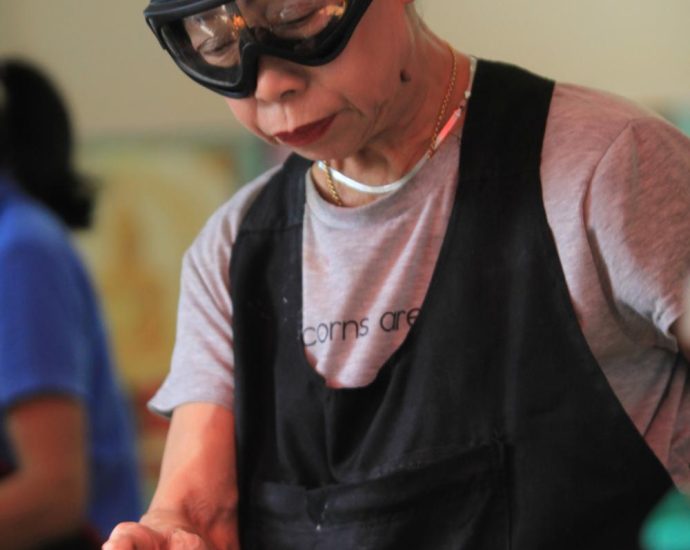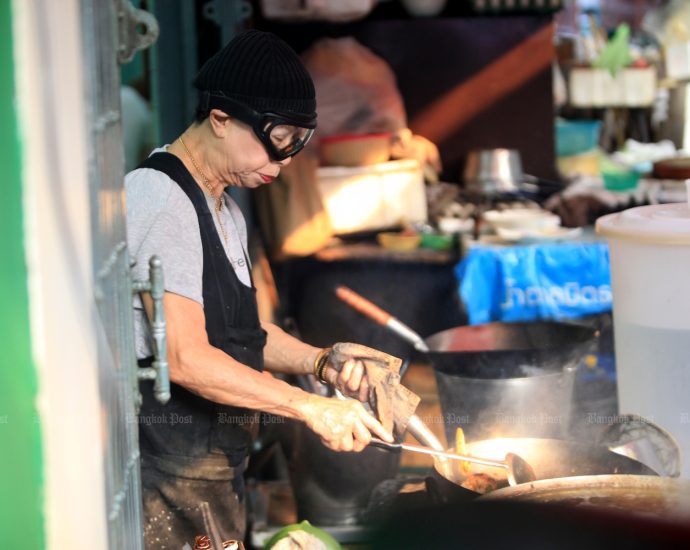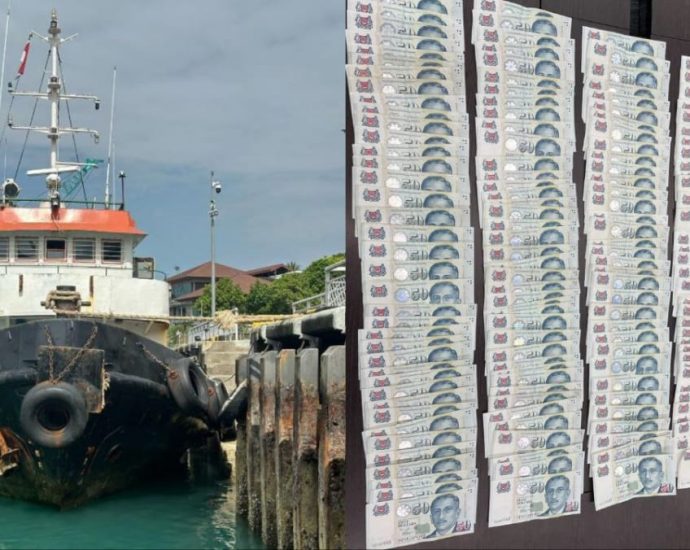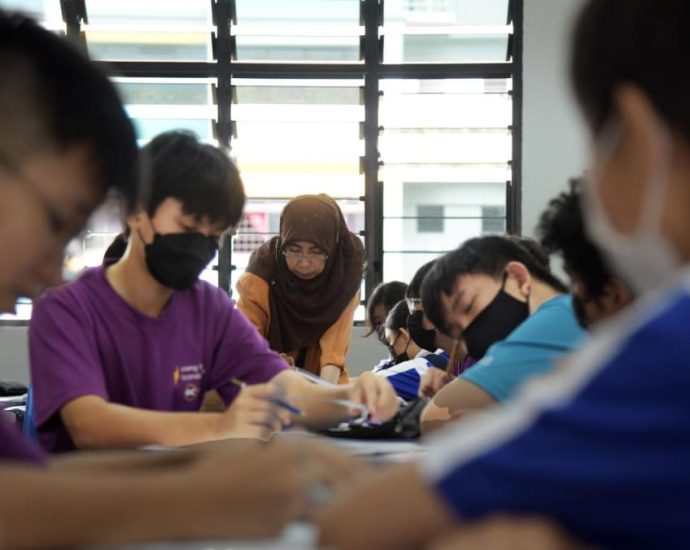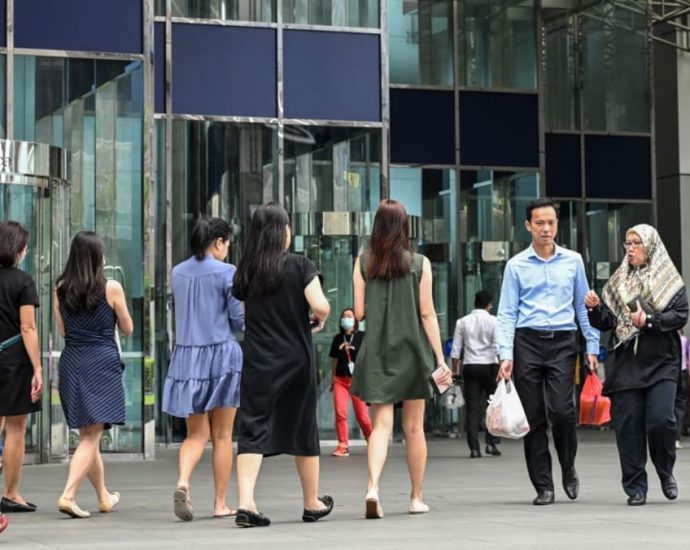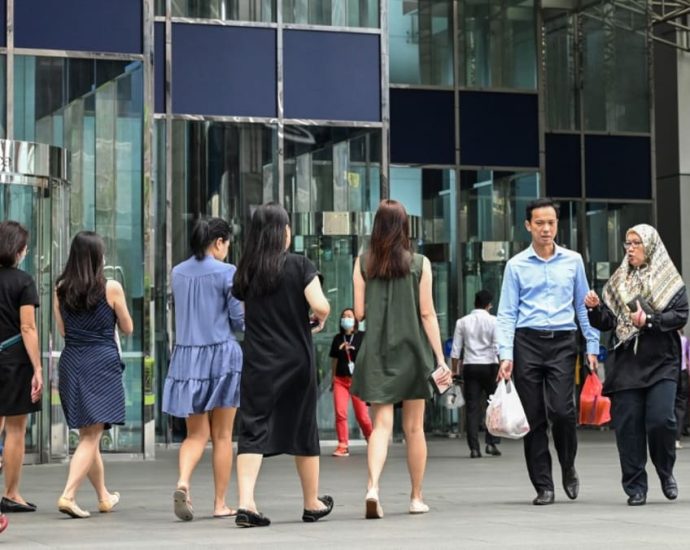Pattaya facelift prompts switch to one-way traffic

PUBLISHED : 2 Mar 2024 at 04:00
Chon Buri: Pattaya City began directing vehicles from March 1 to move in one direction on a 3.7-kilometre section of its beachfront street in preparation for a landscaping facelift in the Jomtien Beach area.
The experimental one-way traffic system applies to the section of road starting from the Dong Tan curve and ending at the Chaiyaphruek intersection. It will remain in effect until a 200-million-baht renovation of the 3.2km Jomtien Beach wraps up in 19 months, said Manoch Nongyai, deputy mayor of Pattaya. As part of the project, drainage pipes will be laid along Jomtien Beach, while more spaces will be designated to accommodate 500 more cars at a time, he said.
At present, some 600 cars can fit on the beachfront roadside. This will jump to 1,100 after new spaces are added.
However, if the one-way system ends up causing traffic problems, the city administrative body may consider reverting to the normal two-way flow and seek new measures to mitigate congestion during the renovation work, Mr Manoch said.
The one-way system has been adopted because more than two lanes on the street will be dug up so drainage pipes can be laid, leaving only 60-70% of the street available for traffic.
Signs have been erected to warn motorists of the coming change, he added.
Pattaya has attracted many more Thai and foreign visitors with its beach refilling project, which began in 2011 and finished in 2019 at a cost of 600 million baht.
The city has experienced severe flooding in the past, which prompted it to request funds from the cabinet to finance its flood-prevention projects, said Anupong Putthanawarat, chairman of the city’s administrative and law and order committee.
Following the request, the Department of Public Works and Town & Country Planning was assigned by the cabinet to study Pattaya’s ideal flood-prevention system, he said.
The department concluded that more than 9 billion baht was needed, far more than the city’s budget. Pattaya has since been implementing small-scale projects to lay new drainage pipes instead.


